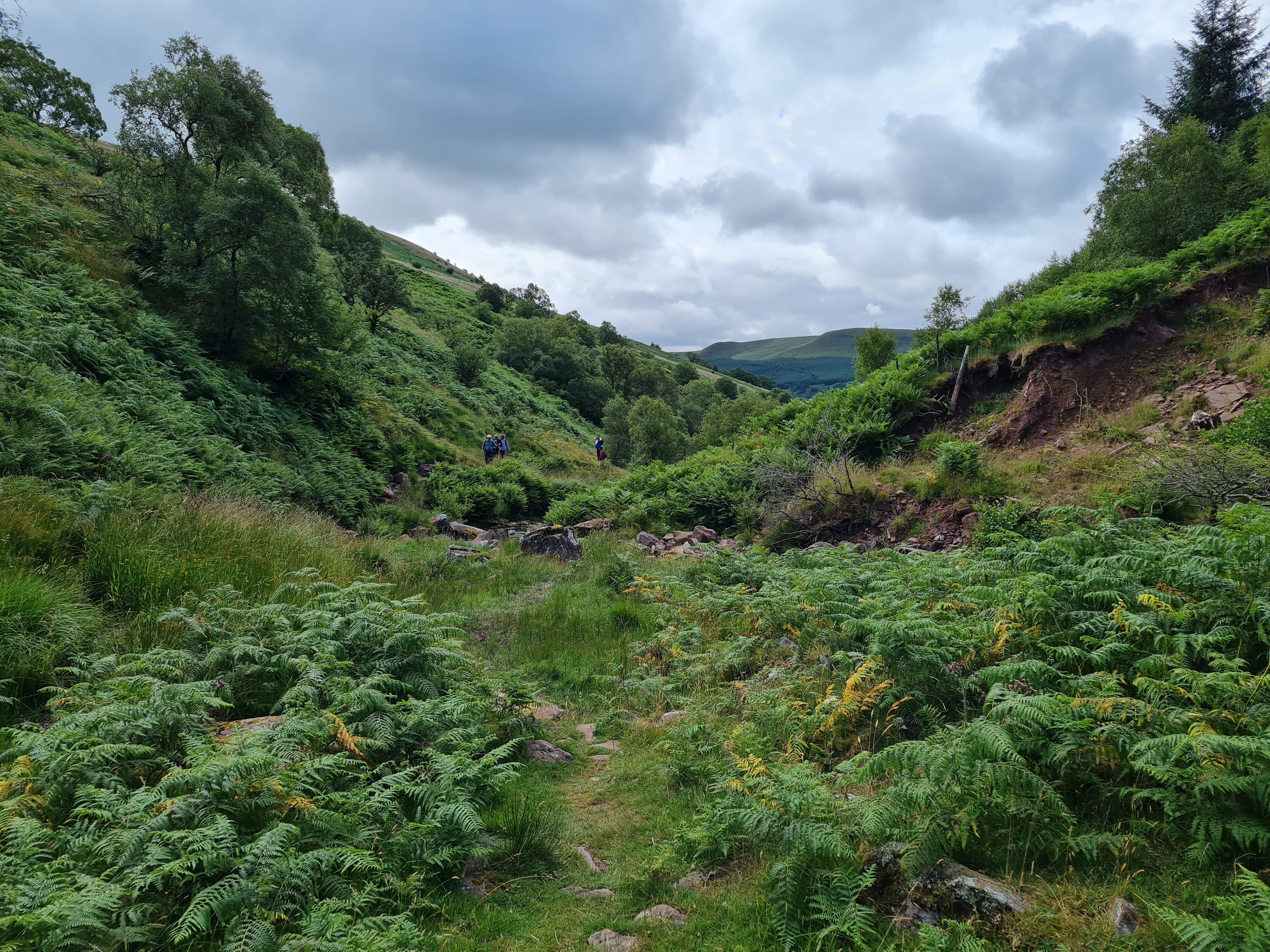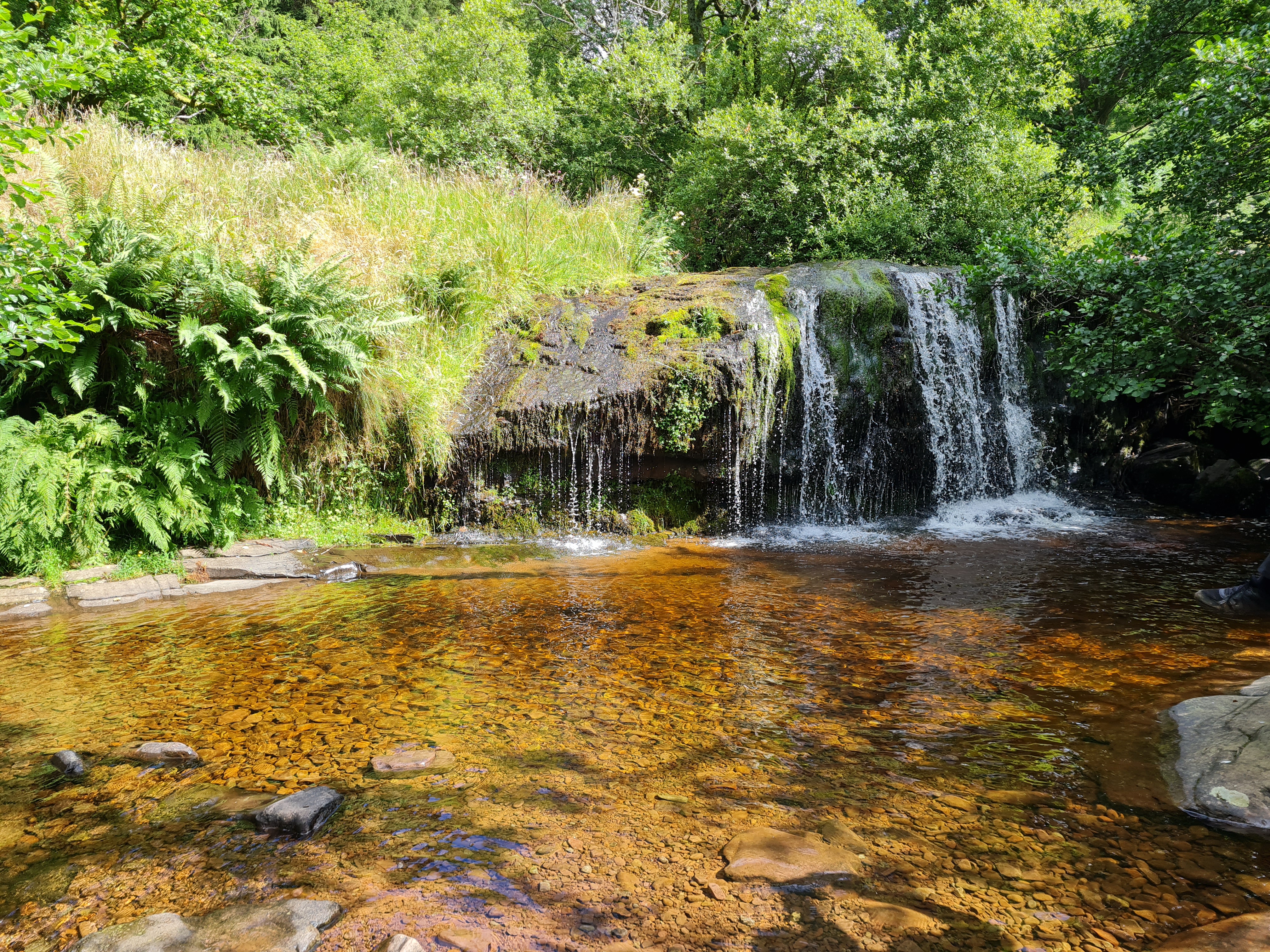Ursula Glendinning, MA student in English
What do rockpools mean to us? How do we remember them? How might the act of looking into tidal pools help us to engage mindfully with the non-human world? These are just a few of the questions raised by Suzannah V. Evans’s workshop on rockpool poetry held in early November.

We are sat in a small room in the Folkhouse, just off Park Street in Bristol, surrounded by various volumes of poetry that focus on coastal environments and, in particular, rockpools. Next to each seat is a shell: razor clams, scallops, dog whelks, even an Iceland cyprine, are dotted along the perimeter of the table.
I have come here to learn more about how to write the strange creatures of tidal pools – an interest recently discovered whilst reading for an introductory seminar earlier this year. The works of Isabel Galleymore, Mary Oliver, Jen Hadfield, and many others, have inspired a bit of an obsession and, encouraged by my lecturers, I have found and am now attending a rockpool poetry workshop.
Each of us holds a shell in our hand and, closing our eyes, we see with our fingers – exploring the tactile pleasure of running our thumbs over smooth indentations and jagged edges. Suzannah asks us to construct our own rockpool, and in a large bowl intended to hold planted flowers, we ritualistically scatter sand, and place, within the nest of stone, the shells we have been cradling. Each of us pours in a bit of water, chanting the words we have chosen to describe the shells – smooth, winged, serrated, meditative. We laugh and regret the placement of a tinfoil sardine: the concoction admittedly looks a bit like a fish stew.
Ostensibly, the rockpool is a site of extraction. Most of us have childhood memories of picking through the residents of these watery worlds. Which one is the biggest? The shiniest? The most colourful? But the workshop, and my subsequent studies, helped me to see the ethics of rockpooling beyond this perspective. Careful attention to rockpools changes our physical positionality as observers. Rather than looking up at a mountain, gearing for an excursion and eventual conquest, the participant must stoop until they are almost level with the water’s surface. The practice invites a meditative state, a quietness; we sit and observe, asking for nothing in return.
However, rockpooling is an increasingly endangered pastime. Throughout the workshop, I, and the other attendees, were uncomfortably aware of the emerging threat to rockpools and coastal life in general. We spoke of rising sea levels, loss of species, and shorelines used, abused, and neglected until they become places of rot and pollution. The poems we produced contained an aroma of nostalgia as well as barely stifled anger for these increasingly depleted habitats.
My current project involves a study of the liveliness of dead crabs in modern and contemporary poetry, looking at May Swenson, Mark Doty and more. I intend to explore how these poets represent the animacies of decay through the speakers’ exploration of intertidal regions. The poems I have chosen are achingly sensual and balance both profound sadness and wonder. Suzannah V. Evan’s workshop provided a vital foundation for this exploration, and I am grateful to have been given the opportunity by Bristol’s Centre for Environmental Humanities to further my new obsession with rockpools alongside her and the other participants.



